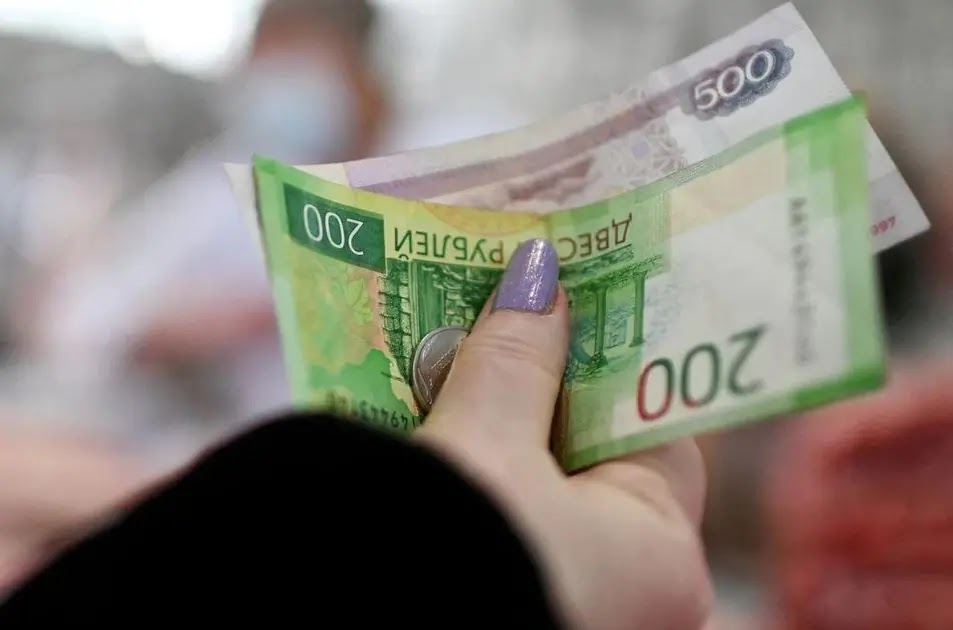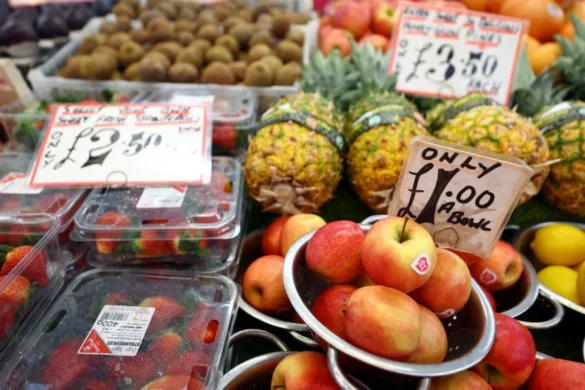Russia’s rouble tumbled to record lows in onshore trading on Wednesday despite measures by Moscow to shore up its battered economy and safeguard hard currency availability amid fresh economic sanctions over its invasion of Ukraine.
Catching up after two days of market closure, the rouble jumped to 120.83 to the dollar on the Moscow Exchange before clawing back some losses to trade at 116.95 by 1200 GMT – still more than 10 per cent softer than its Friday close.
It traded around 1 per cent weaker against the euro at 119.5 after hitting a record 131 per euro in early trade.
Offshore rouble trading was also thin with large disparities in pricing: On Refinitiv, the rouble stood at 116.397 to the dollar while the EBS platform showed 129.00.
Chris Turner, global head of markets at ING, said he expected on and offshore trading to remain wide apart as a “function of sanctioned counterparty risk.”
Russia’s financial markets have been thrown into turmoil since its invasion of Ukraine triggered severe economic sanctions.
The central bank has more than doubled its key interest rate to 20 per cent and the government has rolled out support measures, but Russian assets have been sold heavily and the rouble is now down around 30 per cent against the dollar in Moscow since Russia sent troops into Ukraine on Feb. 24.
On Tuesday, the central bank said it was offering additional crisis support to financial firms and that banks were banned from selling foreign currency to its citizens for the next six months, a move seen aimed at preserving precious hard currency in the country.
The move was just “further underlining the squeeze in a market where RUB closed at 130 after having hit 175 briefly on Monday,” Rabobank said in a note to clients.
Trading in equities on the Moscow Exchange remained closed. Stocks last traded in Moscow on Feb. 25.
Russia’s 5-year credit default swaps – a measure of the cost of insuring exposure to the country – soared sharply to a record 2,905 basis points.
Inflation data scheduled for release later in the day could shed a light on the toll the sanctions from Western capitals and countermeasures from Moscow are having on Russia’s economy.
Moscow will release consumer price inflation (RUCPIY=ECI), (RUCPI=ECI) for February in annual and monthly terms and for the week to March 4, with the latter expected to show the impact of the rouble’s recent sharp deterioration.
Michael Metcalfe, global head of macro strategy at State Street Global Markets, said in a research note that there were signs prices in Russia had risen sharply since the rouble’s slump – more so than in prior currency collapses.
“If it were sustained in the coming weeks and months, (this rate) could see the Russian annual inflation rate almost double in the coming months,” Metcalfe wrote.
Even before the Ukraine conflict, Russian inflation was running well above the central bank’s 4 per cent target, accelerating to around 8.7 per cent in January, its highest since early 2016. S&P Global Ratings said it expects Russia’s inflation to hit 13.5 per cent this year.
REUTERS




